Santa Claus, reindeer and jingle bells are great, but they’re hardly the be all, end all of Christmas celebrations for many Latinos.
While many people around the world gather together on Dec. 25 to deck the halls and exchange gifts with family and friends, Latinos’ celebrations begin well before Christmas day and sometimes last into the first week of January. And don’t get us started on the size of our holiday parties.
Latinos’ holiday celebrations are BIG, with families, friends and, at times, entire neighborhoods, coming together to eat, drink, sing and dance until the wee hours of the morning. And depending on each family’s religious beliefs, some attend a special Midnight Mass.
Though Latinos’ holiday celebrations vary from country to country and from household to household, one thing holds true across the board: Latino holiday traditions and festivities are the gifts that keep on giving.
We’ve rounded up 12 time-honored Latino traditions that never fail to put us in the holiday spirit.

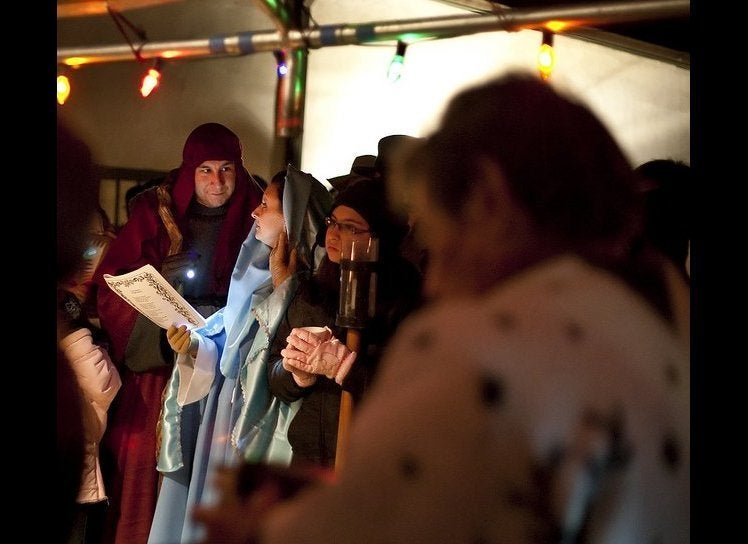
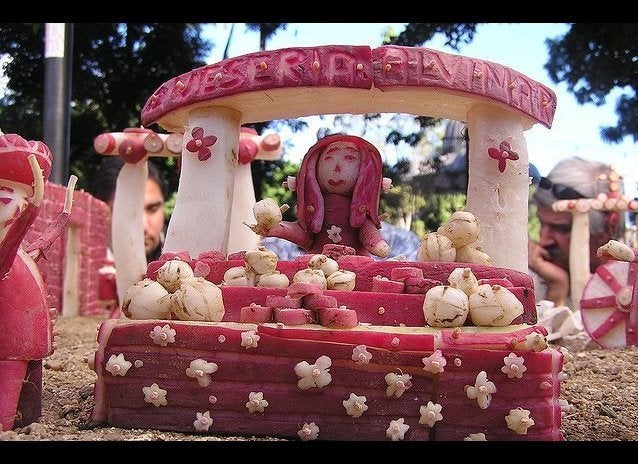
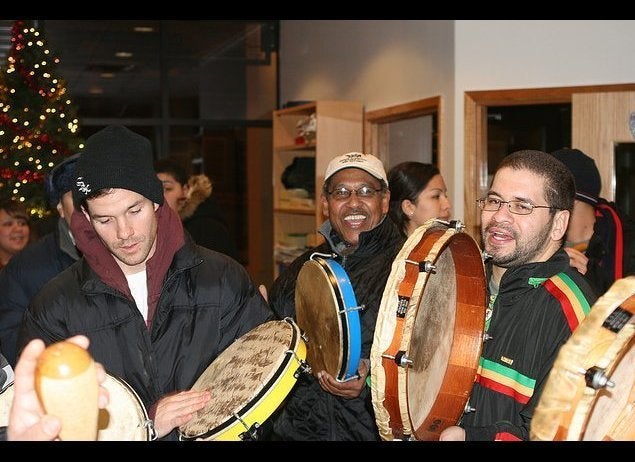

Caribbean Latinos also enjoy a similar tradition, hosting an informal gathering in someone's home where they make their own version of tamales: pasteles.
Pasteles are typically made with plantain- or yuca-based masa instead of a corn-based masa, and are wrapped in banana leaves, rather than cornhusks.
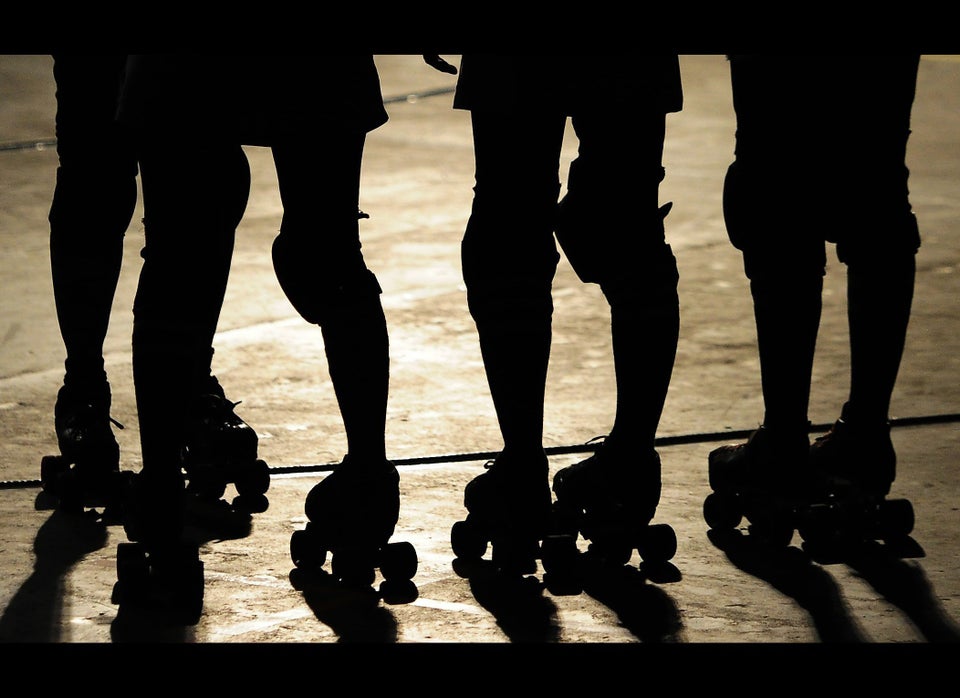
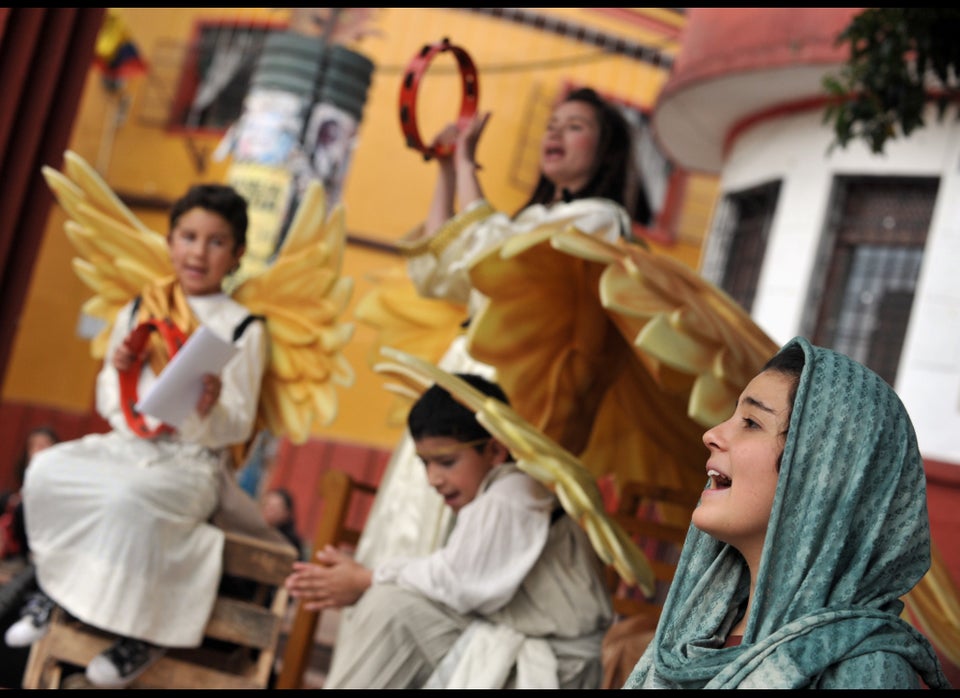
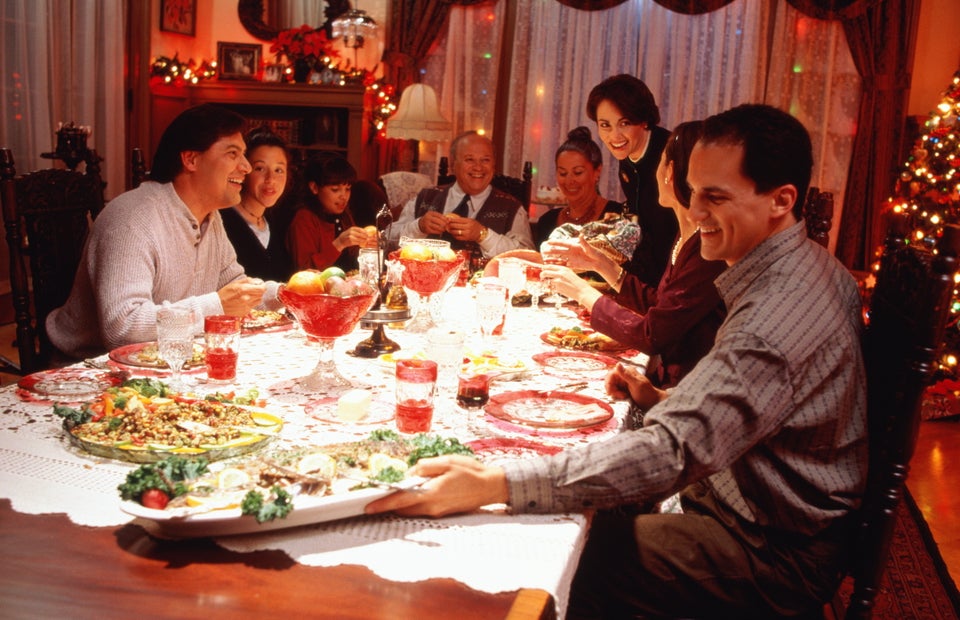
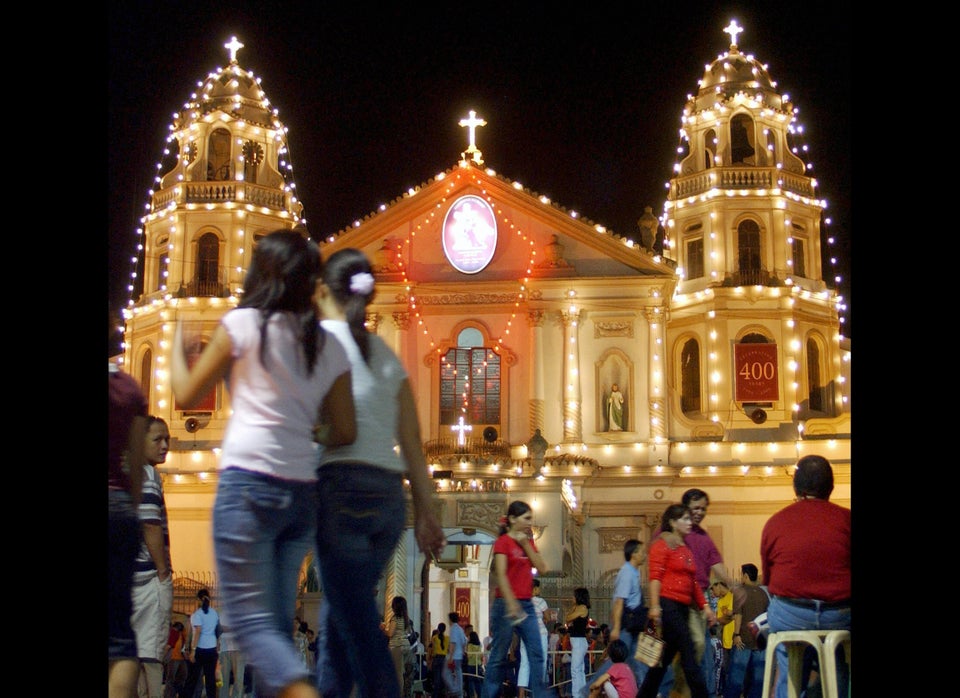
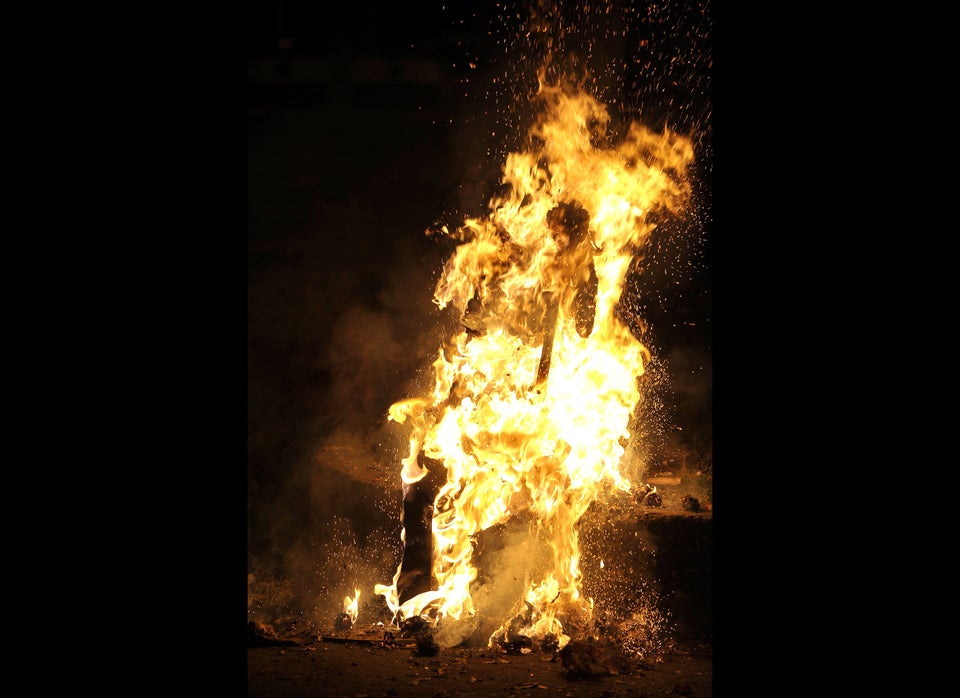
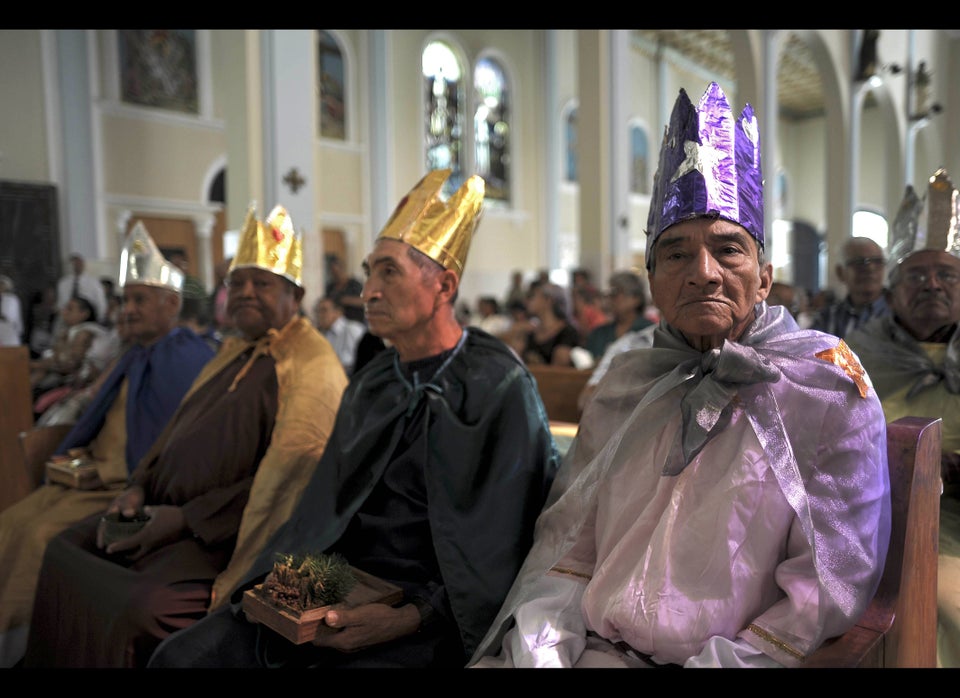
Also on HuffPost:

